CBSE
Class 10 Class 12
The Animal Kingdom can be further classified into ten divisions. Their key characteristics are given below:
True body cavity is present in these animals. The body is divided into segments and hence the name Annelida.
Each segment is lined one after another and contains a set of organs. Examples: Earthworm, leech, Nereis, etc.
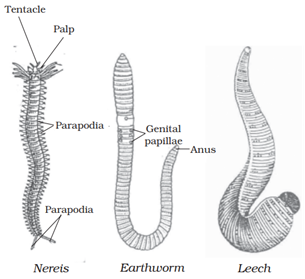
Animals have jointed appendages which gives the name arthropoda.
The exoskeleton is present which is made of chitin. This is the largest group of animals; in terms of a number of species. The circulatory system is open, which means blood flows in the coelomic cavity. Examples: cockroach, housefly, spider, prawn, scorpion, etc.
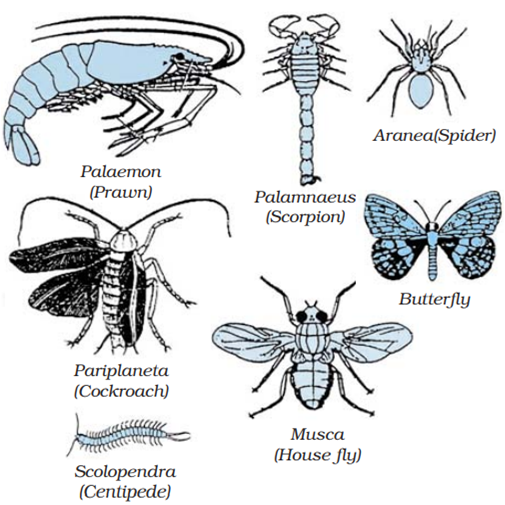
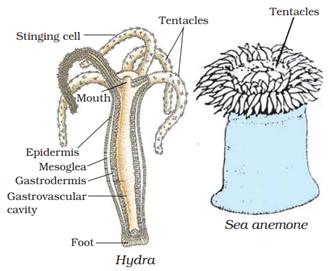
The body is covered with spines, which gives the name echinodermata.
Body is radially symmetrical. The animals have well-developed water canal system, which is used for locomotion.
Skeleton is made of calcium carbonate. Examples: Starfish, sea urchins, etc.
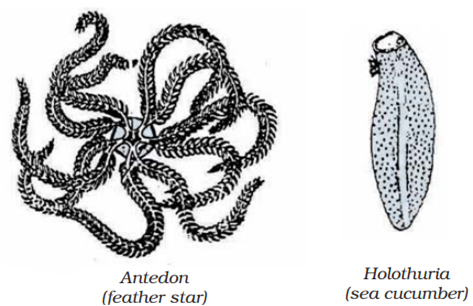
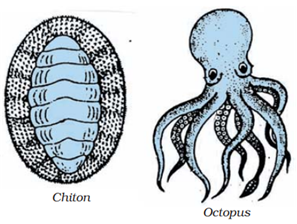
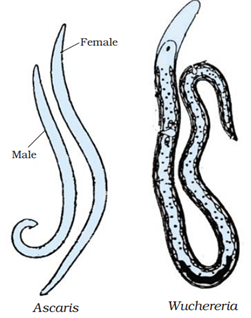
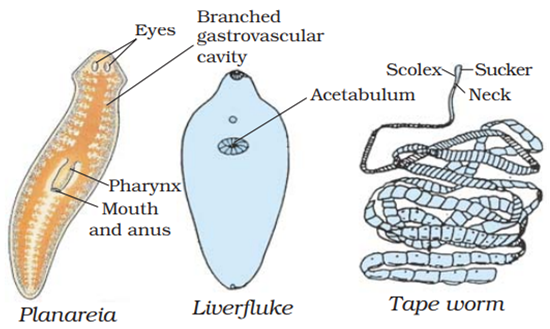
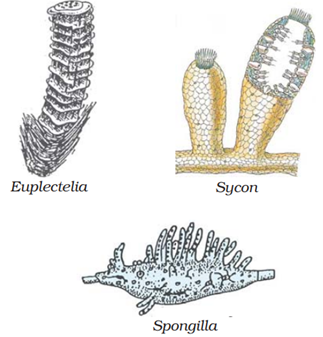
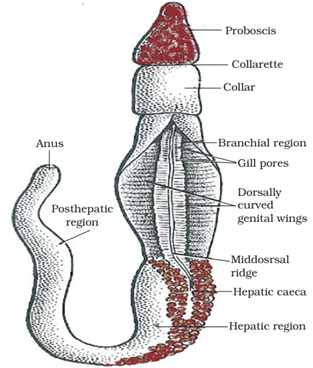
The notochord is replaced by a spinal column during the embryonic stage.
Following are the main characteristics of vertebrates:
They are commonly known as fish. The body is streamlined. Muscular tail is present which assists in locomotion. Body is covered with scales.
Paired gills are present; which can breathe oxygen dissolved in water. They are cold-blooded animals. The heart has only two chambers. They lay eggs. Fishes can be bony or cartilaginous. Shark is an example of cartilaginous fish. Rohu and katla are examples of bony fish.
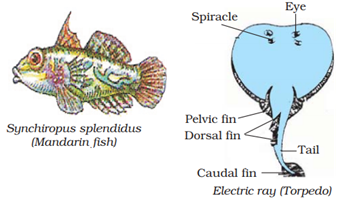
Animals have four limbs for locomotion and hence the name tetrapoda. Tetrapoda is divided into four classes, viz. amphibia, reptilia, aves and mammalia.
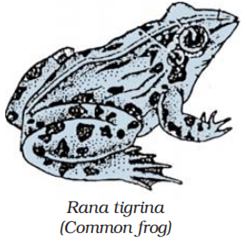
These animals show crawling movement for locomotion. Skin is hardened to form scales. Most of the reptilians have three-chambered heart but crocodile has a four-chambered heart.
They don’t need water to lay eggs, rather eggs are covered with hard shells and laid on land.
Examples: snakes, lizards, crocodile, turtle, etc.
The body is covered with feathers. Forelimbs are modified into wings.
These are warm-blooded animals. The heart has four chambers. Bones are hollow (pneumatic); which assists in flying. All the birds belong to this class.
The body is covered with hairs. The skin has sweat glands and sebaceous glands. Mammary glands are present in females and are used for nourishing the young ones. Most of the mammalians give birth to young ones and are called viviparous. Some of the mammals lay eggs and are called oviparous. Examples: human, chimpanzee, lion, platypus, horse, etc.